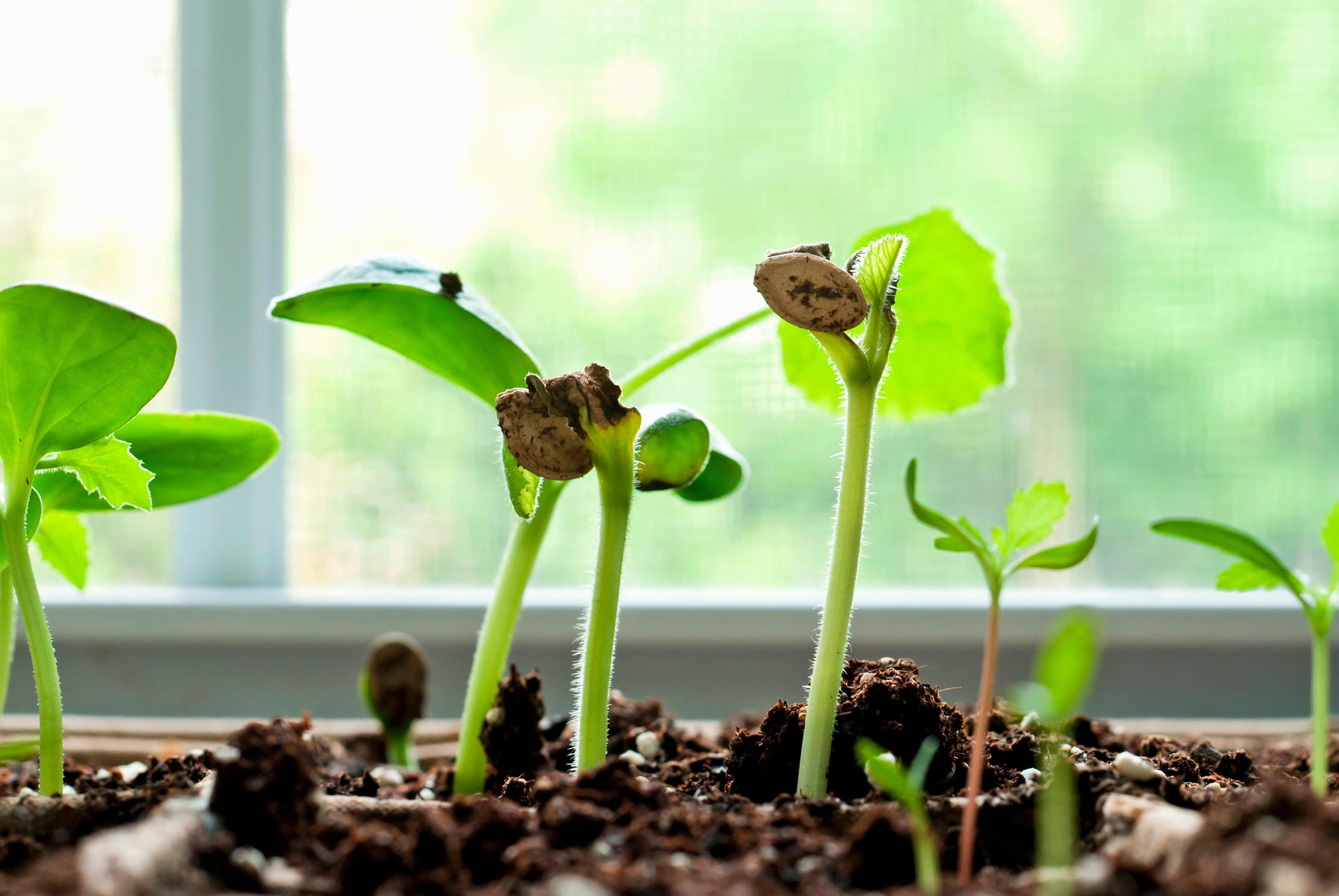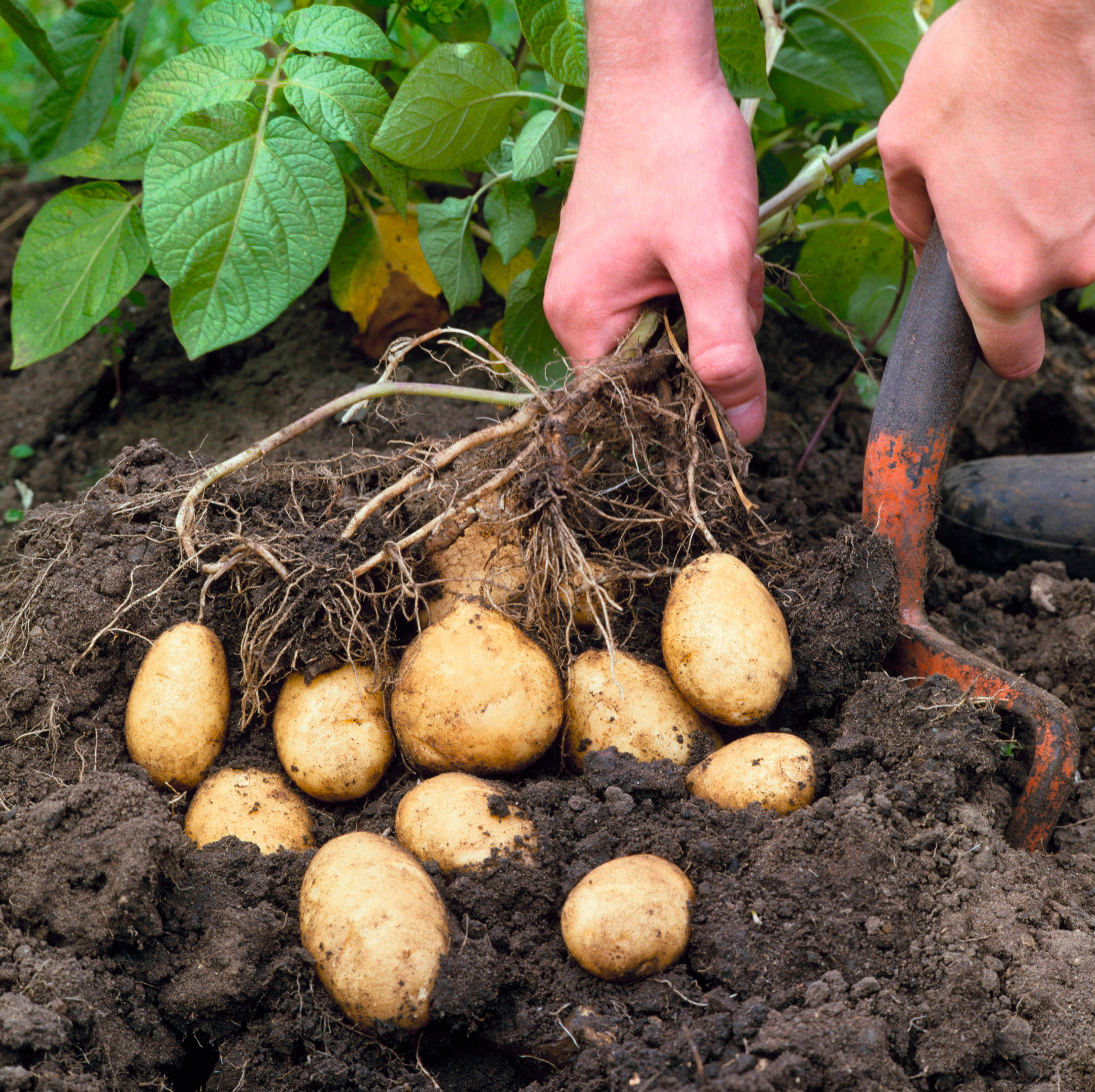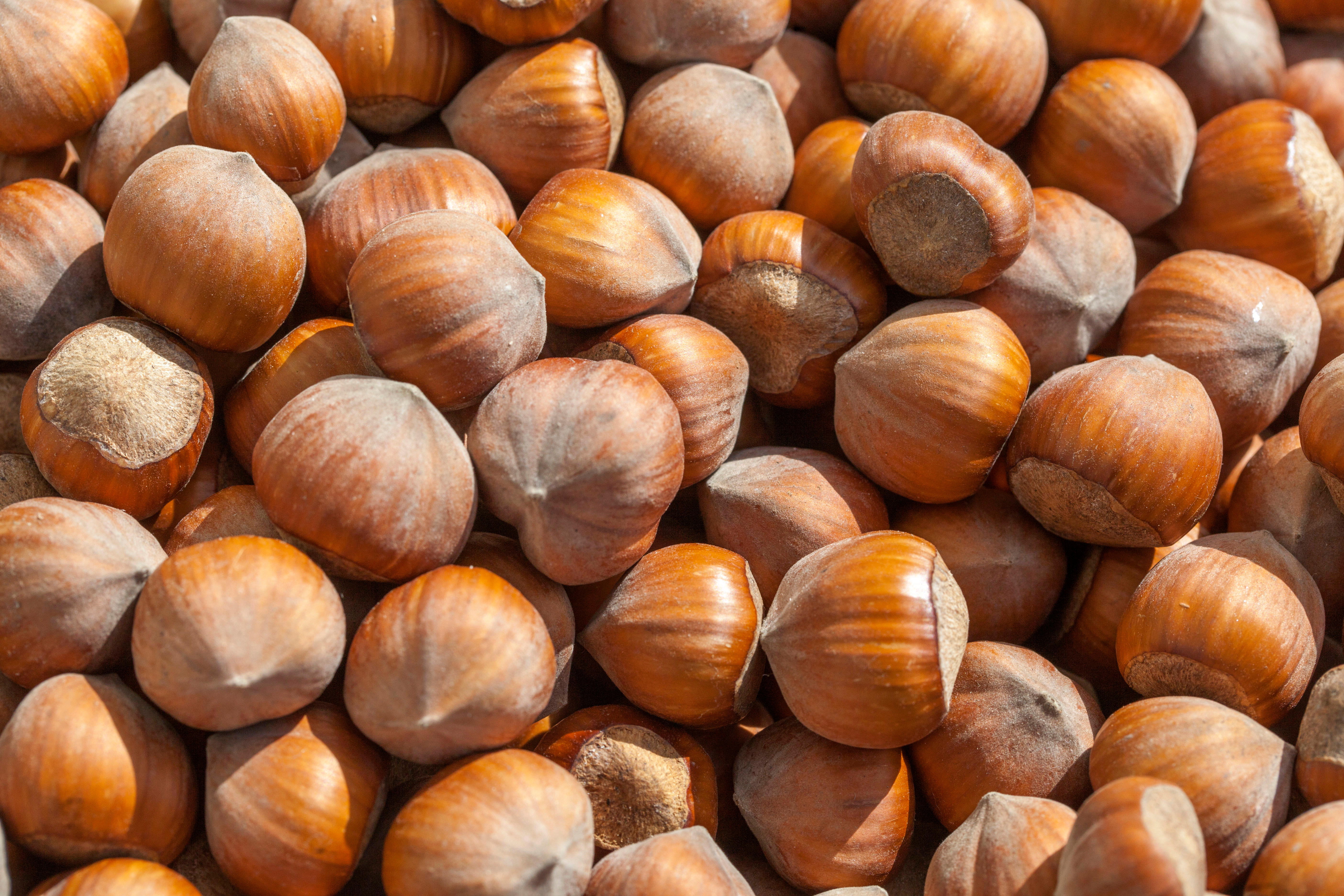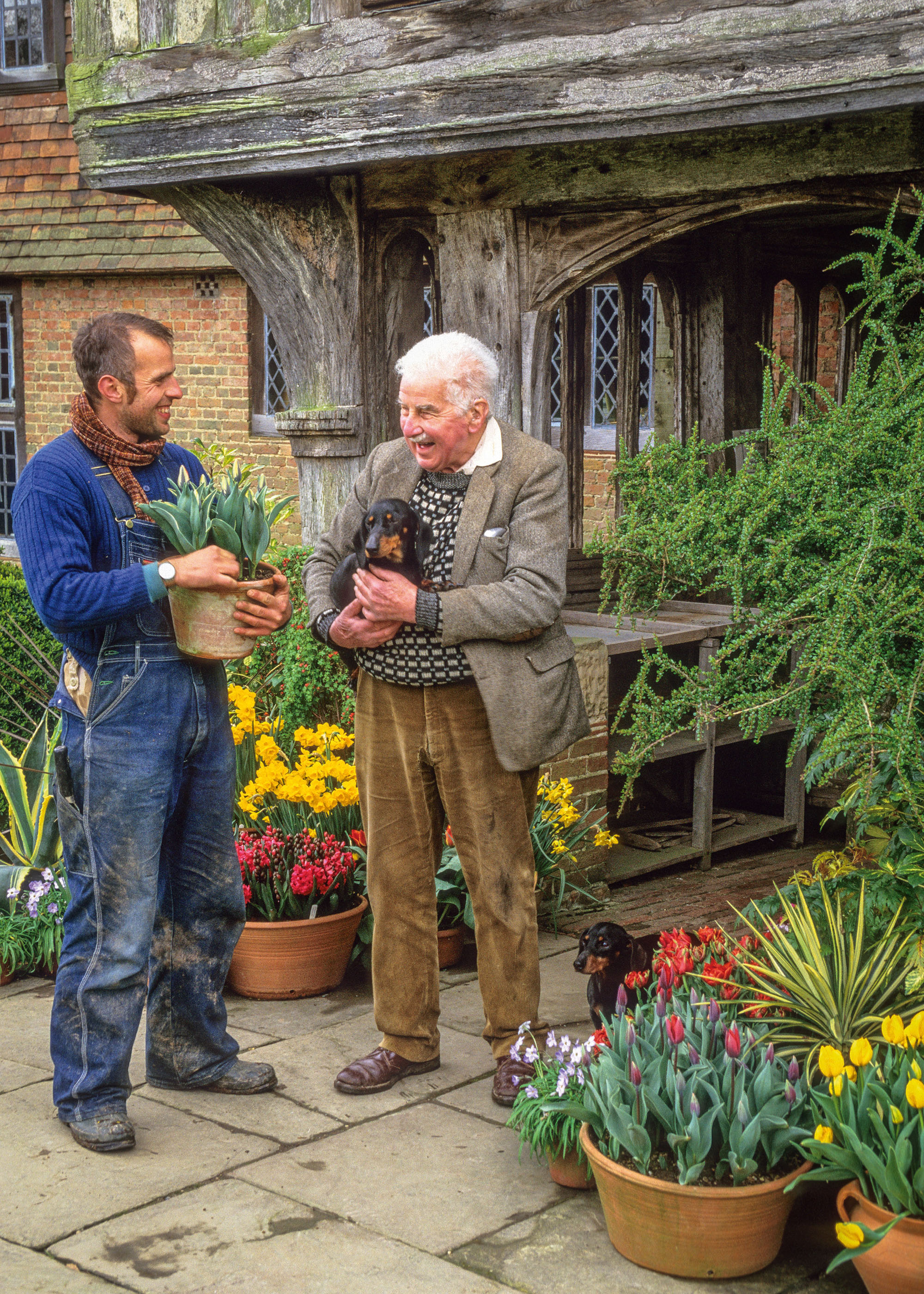Mark Diacono: What seeds to plant, plus where and when to plant them
Growing your own from see to harvest is highly rewarding, and here are some tips to get the best possible plants.


I still find it magical that seeds carry all the information needed to become a fully grown productive plant. Our task is to ensure that this nugget of potential falls into the right place at the right time in the right way.
There can be a month between when I sow here in my fairly well-drained garden in the South-West and when my cousin does in her heavier Lancastrian soil. Although the seed packet provides a guide, trust your instinct: if it says to sow in March, but it still feels like February, then wait.
Sowing direct — that is, straight from the packet to the soil — is by far the cheapest way of sowing and the most efficient use of your time. The seed is in its home immediately; germinating, developing and maturing without transplanting. It suits many of the hardier vegetables, such as beans and peas, most of the roots and many salads, with mid-spring warmth the ideal time to start for most.
A little soil preparation is essential. A fine tilth — the granularity of your soil — is what most seeds need to get a hold, to throw down roots, access nutrients and water, and to develop well. Use the back of a rake to reduce any clods to rubble and repeated raking to improve this further until the texture is fine. One of the advantages of adopting a no-dig approach is that the pre-season application of compost provides the ideal medium into which to sow. Generally, it’s best to lightly water the ground before sowing— a fine rose on the watering can is really valuable here — as watering after sowing can displace seed.
As a guide, sow to a depth equivalent to the seed’s size; the top of a broad-bean seed should be three-quarters of an inch below the surface, a pea perhaps quarter of an inch, with carrots barely dusted with fine compost, and so on. I tend to station sow in a grid, creating the lines according to planting distances, and then sowing a couple of seeds where the lines cross. This ensures good spacing and even access to light and soil resources. It also helps identify any weeds germinating outside the grid. Spindly seedlings can be weeded out later.
'Undercover, germination is typically better, the attentions of slugs fewer and the extra indoor work saves on thinning time outside.'
If, however, you start seeds undercover, there’s the potential for an earlier crop than those sown direct. Tomatoes, chillis and aubergines are among those that have to be sown early in the year to allow them to develop in time for their fruit to enjoy maximum summer sun; they also need heat and light early in their development, which can only be provided artificially. Similarly, courgettes and French beans are among the many plants susceptible to the cold, but that need to be started early for the best chance of a long productive harvest. Sowing them in a greenhouse, under a cloche or on a windowsill ensures they have early-season warmth and that they reach a good size for when the outdoor temperature suits planting out.
Undercover, germination is typically better, the attentions of slugs fewer and the extra indoor work saves on thinning time outside. For best success, use specialist seed composts rather than homemade; they’ll offer better germination rates and be of the low nutrient status that suits germinating seeds and young plants.
Exquisite houses, the beauty of Nature, and how to get the most from your life, straight to your inbox.
There are a few ways of starting your plants off indoors. With their individual cells, module trays ensure well-spaced sowing, allowing each plant to develop to a good size with its own resources, and there’s little chance of damaging another plant when transplanting. For brassicas and others that hate root disturbance, they are essential. Longer modules known as root trainers are perfect for peas’ and beans’ long root run. Larger seeds — cucurbits and so on — require a little room to develop. A good place to start is a 3in (7.5cm) pot, before potting the seedlings on as they grow. I rarely use seed trays, as roots become entangled and damaged on transplanting, spacing is difficult to control and they provide few of the benefits of modules.
Whichever you use, fill to three-quarters with compost to allow it to swell when watered. As a rule, it’s best to water very lightly until the seeds germinate: moist, but not wet is the aim, as seeds can easily rot.
Mark Diacono grows edibles, both usual and unusual, at Otter Farm in Devon. Spice: A Cook’s Companion, published by Quadrille, £25, is out now

Mark Diacono: Chips, mash, roasted or dauphinoise — all better with your own potatoes
The versatile varieties of the potato make it a great crop to experiment with and, no matter what, nothing beats

Mark Diacono: How to grow your own hazelnuts (and why you'll find it rather easy)
Our resident grow-your-own expert Mark Diacono gives his tips on the surprisingly easy hazelnut.

Alan Titchmarsh: The art and craft of the head gardener
There are a healthy number of estates whose gardening staff are a vital part of their continued existence — Alan Titchmarsh

11 glorious dahlias to plant in your garden, as chosen by the experts at the National Dahlia Collection
The experts at the National Dahlia Collections told Kirsty Fergusson the best varieties they’d suggest for the typical country garden
Mark is lucky enough to spend most of his time eating, growing, writing and talking about food. He has written fourteen award-winning books, including A Year at Otter Farm and A Taste of the Unexpected (both won Food Book of the Year, and Garden Book of the Year). Known for growing everything from Szechuan pepper to pecans to Asian pears, Mark's refreshing approach to growing and eating has done much to inspire a new generation to grow some of what they eat. He was involved in the early days of River Cottage, appearing in the TV series, and writing four River Cottage books. Mark writes to a global audience on his best-selling Substack: Mark Diacono’s Abundance.
